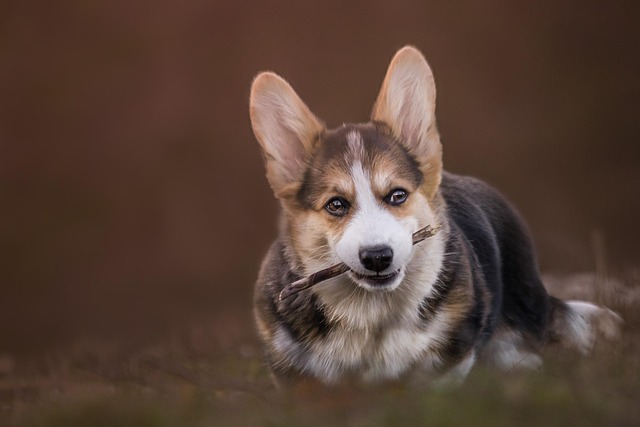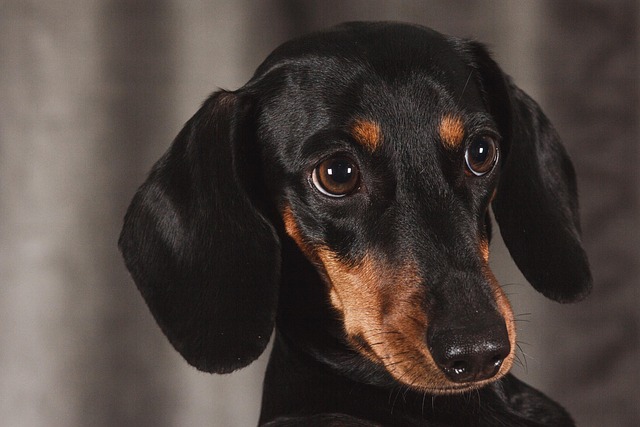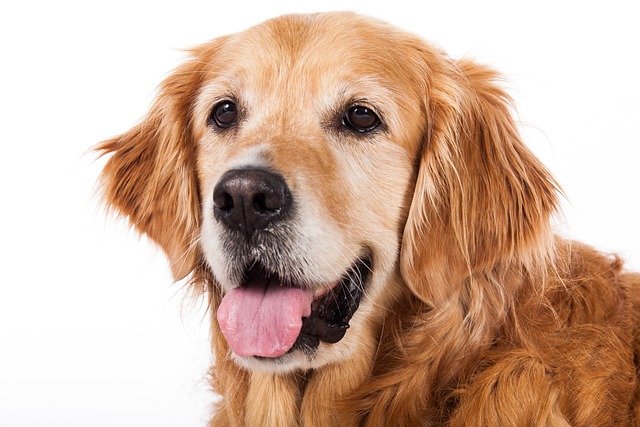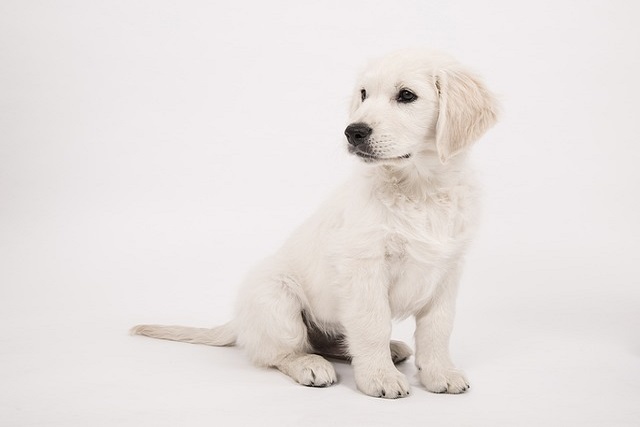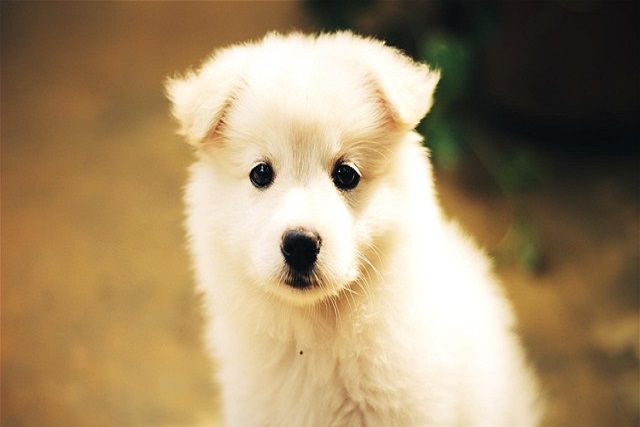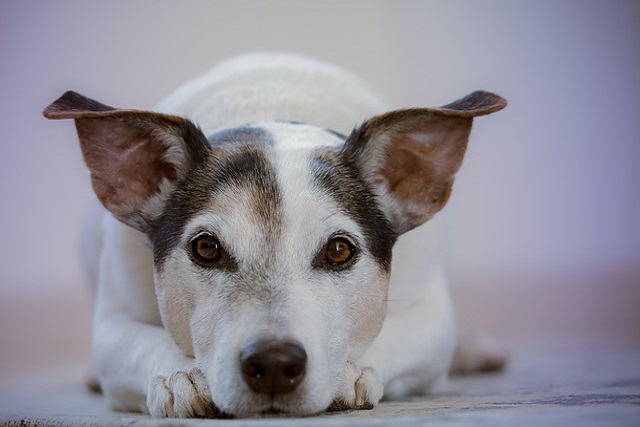If you’re a new dog parent in the US—maybe you just spent 10 minutes hiding peanut butter treats around your Los Angeles apartment for your 7-month-old Corgi, Charlie, and now he’s curled up fast asleep on the rug—you’ve probably wondered: Did I tire him out too much? Is scent training actually tiring for dogs? It’s easy to worry when your pup crashes after a training session, but the truth is, scent training tires them in the best way—mentally, not just physically. Let’s break down why that matters, how to do it right, and how it fits with local pet rules and habits.
First, let’s keep the science simple: A dog’s brain lights up like a Christmas tree during scent training. Their sense of smell is 1,000 times stronger than ours, so when they’re sniffing out a hidden treat, they’re not just “looking”—they’re processing millions of scent clues, problem-solving, and focusing hard. This is a mental workout, and for dogs, mental tiredness is often more satisfying (and longer-lasting) than physical tiredness from a walk. Think of it like you finishing a tricky puzzle—you’re not sore, but you feel calm and accomplished. Take Maria, a first-time owner in Texas: She used to take her rescue Beagle, Luna, on 2-hour walks every night, but Luna still chewed her shoes. Once she added 10 minutes of scent training (hiding treats in the backyard), Luna stopped the chewing—she was too busy “working” her brain to be bored. Maria noticed Luna naps after training, but it’s a relaxed sleep, not a “too-tired” slump.
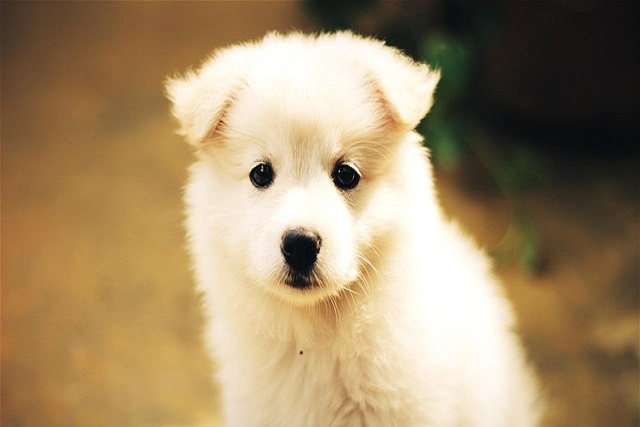
Here’s how to make sure scent training is tiring in a good way, step by step: Start with short sessions—5 to 10 minutes max, even for energetic pups like Huskies or Labs. Longer sessions can make them frustrated, not tired. Use their favorite tiny treats (freeze-dried salmon works wonders!) and hide them in easy spots first: under a chair cushion, behind a potted plant, or in your open palm. Say “Find it!” in a happy voice, and when they sniff it out, cheer loud and give an extra treat—positive reinforcement keeps it fun, not stressful. Never force them to keep going if they lose interest, and never scold them for “getting it wrong”—punishment will make them fear the game, and stressed dogs shut down. If you live in a small apartment (like many New York or Chicago owners), you don’t need space—hide treats in different drawers (that you leave slightly open) or under a towel on the floor. Just avoid hiding near electrical cords or cleaning supplies—safety first.
Now, let’s tie in rules and community norms that matter. Every US state requires core vaccines (before you take scent training outside—like hiding treats in a Denver park—make sure your dog’s shots are up to date; skipping them isn’t just bad for their health, it could get you fined $100 or more in states like Florida). When training in public spaces, always keep your dog on a leash—most cities (from Seattle to Boston) require leashes in parks, and it keeps your pup from wandering into busy streets or bothering other dogs. And don’t forget: Even if you’re focused on hiding treats, always clean up your dog’s poop on walks—fines for leaving waste can go up to $300, and it keeps shared spaces healthy for everyone. If you live in an apartment, keep training quiet—avoid letting your dog bark in excitement (offer a chew toy if they get too riled up) so you don’t disturb neighbors.
Scent training isn’t about wearing your dog out—it’s about giving them a job they love. With short, positive sessions and follow-through on local rules, you’ll have a calmer, happier pup who’s tired in the best way—and that’s a win for both of you.
